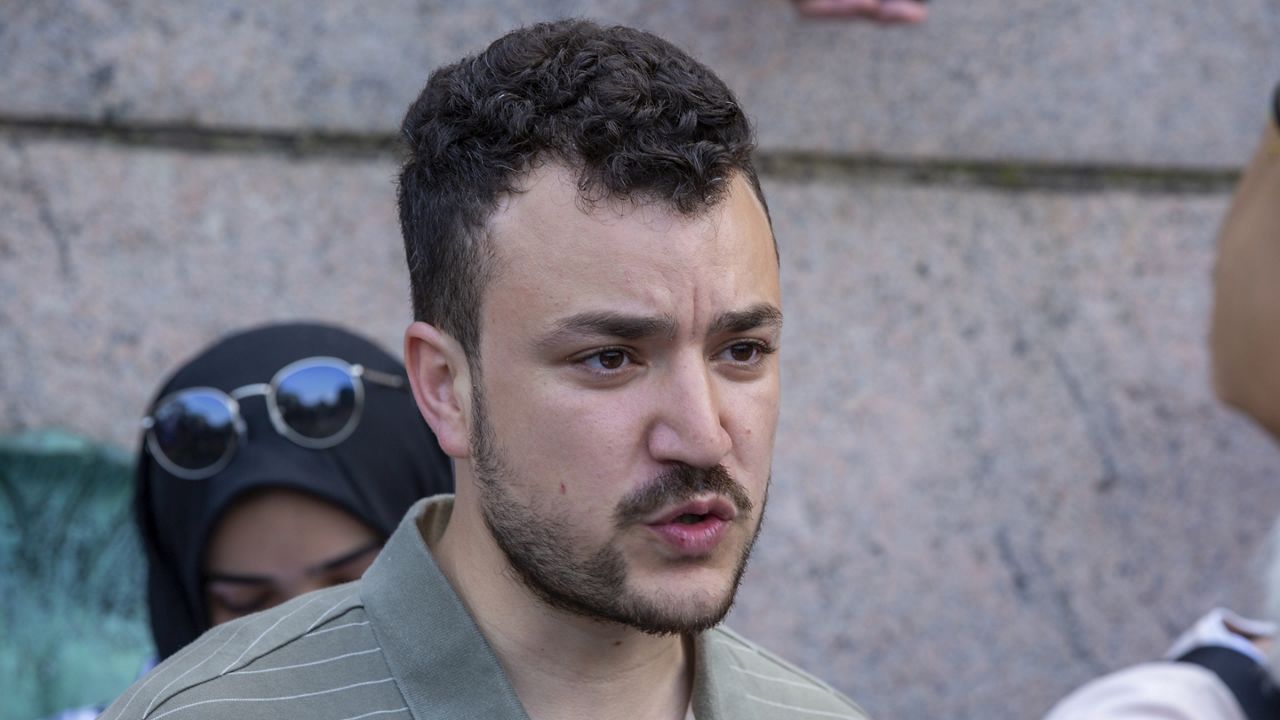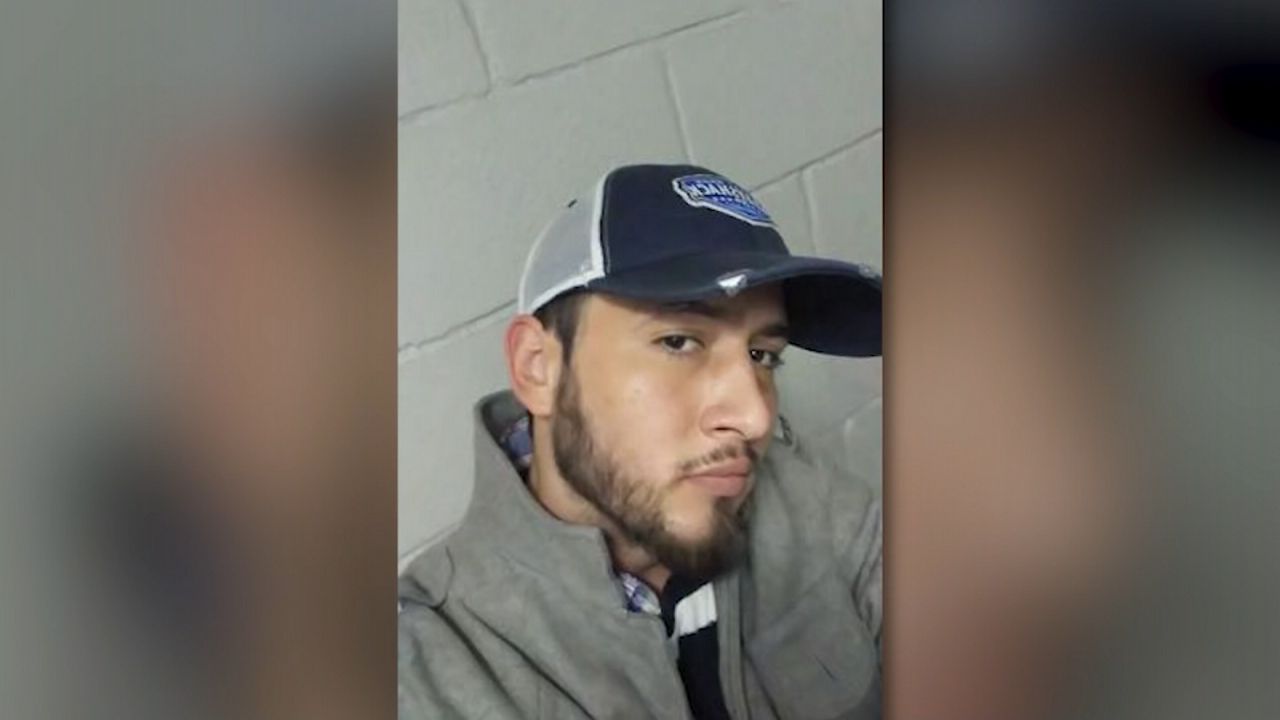Mayor Eric Adams appeared Monday to all but admit his administration doesn’t have all the answers to the many questions swirling over his directive on severely mentally ill New Yorkers.
But he also commended himself for taking on the challenge in the first place.
“The starting point was for us to say, We’re not accepting this anymore,” he said.
What You Need To Know
- The city attemped to clarify what it sees as misconceptions about the mayor's new policy regarding mentally ill New Yorkers and involuntary hospitalizations
- But the policy faces mounting questions about implementation
- The rank-and-file police union and left-wing elected officials are in rare alignment in their critique of the policy
- As the details are being ironed out, the mayor has commended himself and his team for taking on the challenge
Questions remain over whether there are enough psychiatric beds for patients, what role private hospitals will play and how accountability will be tracked for the first-responders transporting people against their will.
Adams responded by saying his team is working on it, including with external assistance.
“And now we’re getting professionals from all over the country who are reaching out to us and saying, We want to help,” he told reporters at City Hall.
Nearly one week has passed since the mayor announced the city is adopting a state approach on the involuntary transport of people who first-responders determine can’t meet “their basic needs.”
Scrutiny has been mounting.
The rank-and-file police union and left-wing elected officials are in rare alignment, saying police officers have enough responsibilities without confronting those in dire need of psychiatric care.
City officials have been trying to clarify the directive.
Anne Williams-Isom, the deputy mayor for health and human services, was asked on WNYC Monday how police, EMS and clinicians determine who can’t meet their basic needs.
“It is not an easy standard, and I think that’s why the training, the ongoing training, not a onetime training,” she said, “but being in the field, seeing situations, being able to be with colleagues, right?”
With the training, implementation and other components of the directive still in evolution, the mayor continued to stress the magnitude of the challenge.
“We know this is a Herculean task, we know that,” he said.









_DNT_Sidebar_Prison_Family_CLEAN)